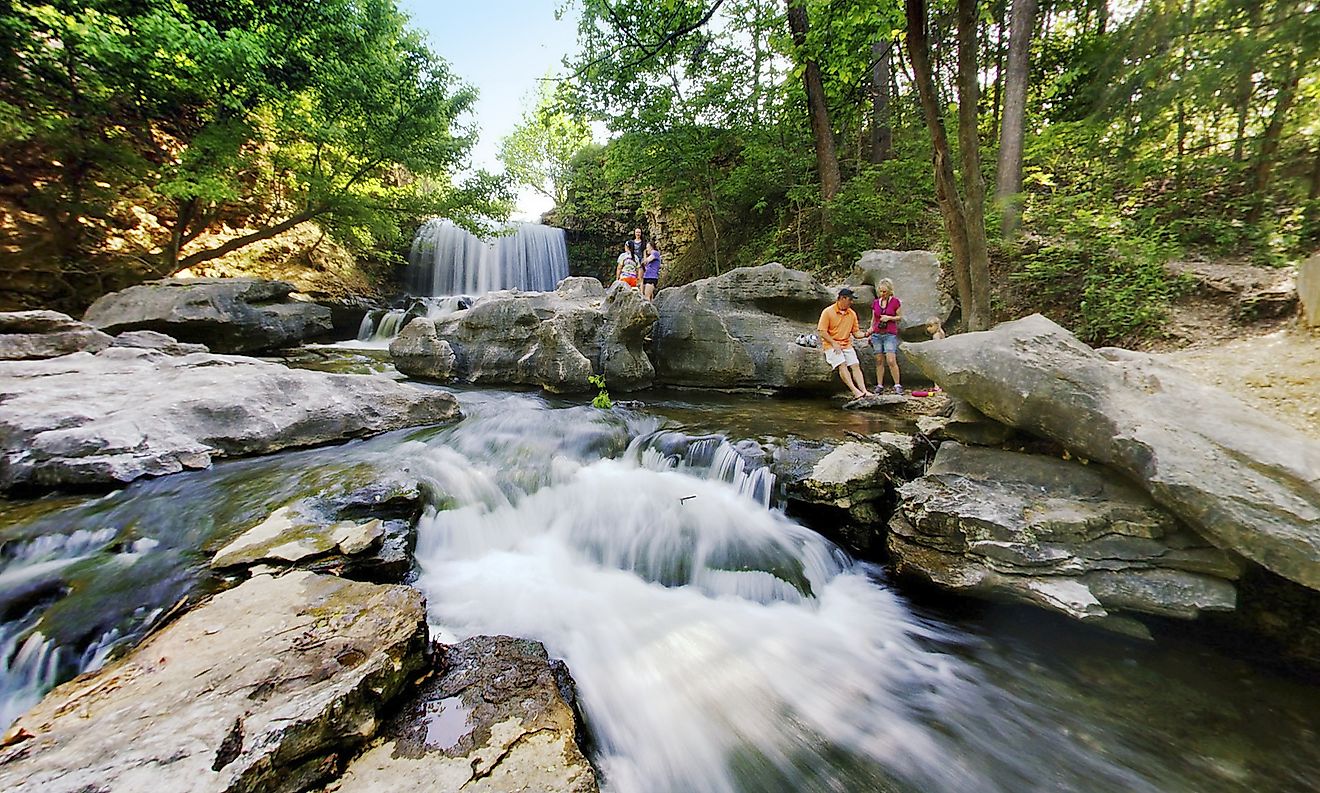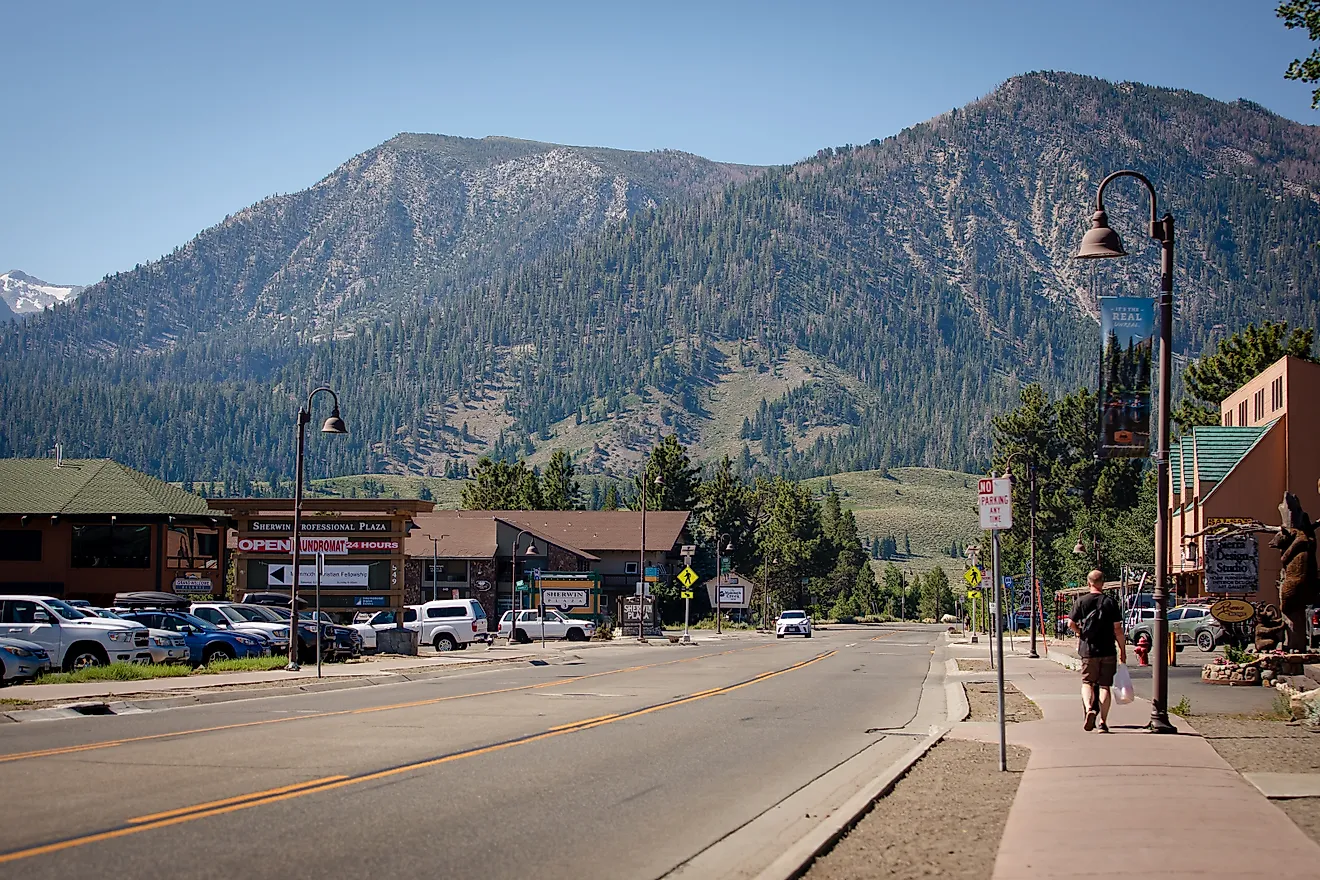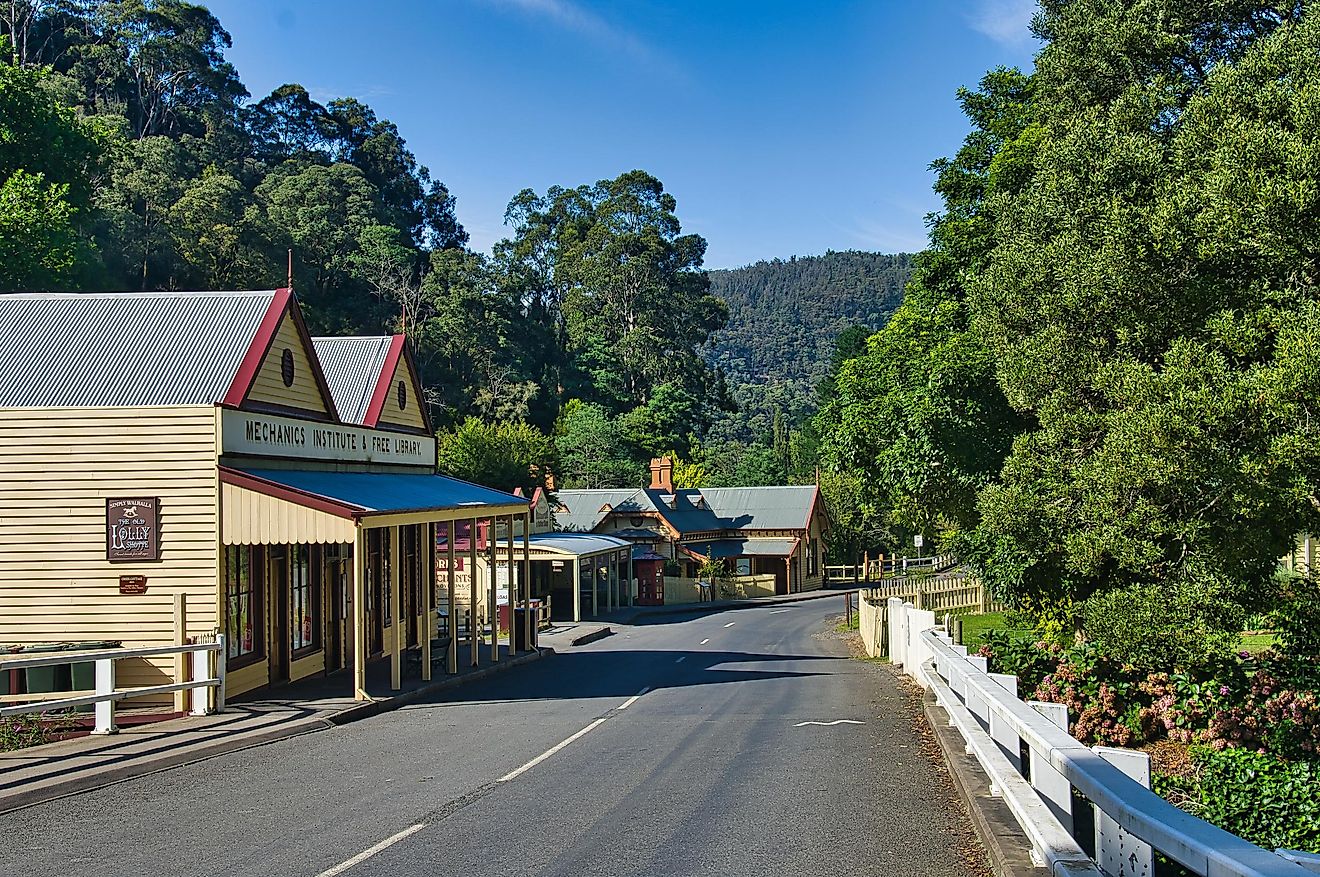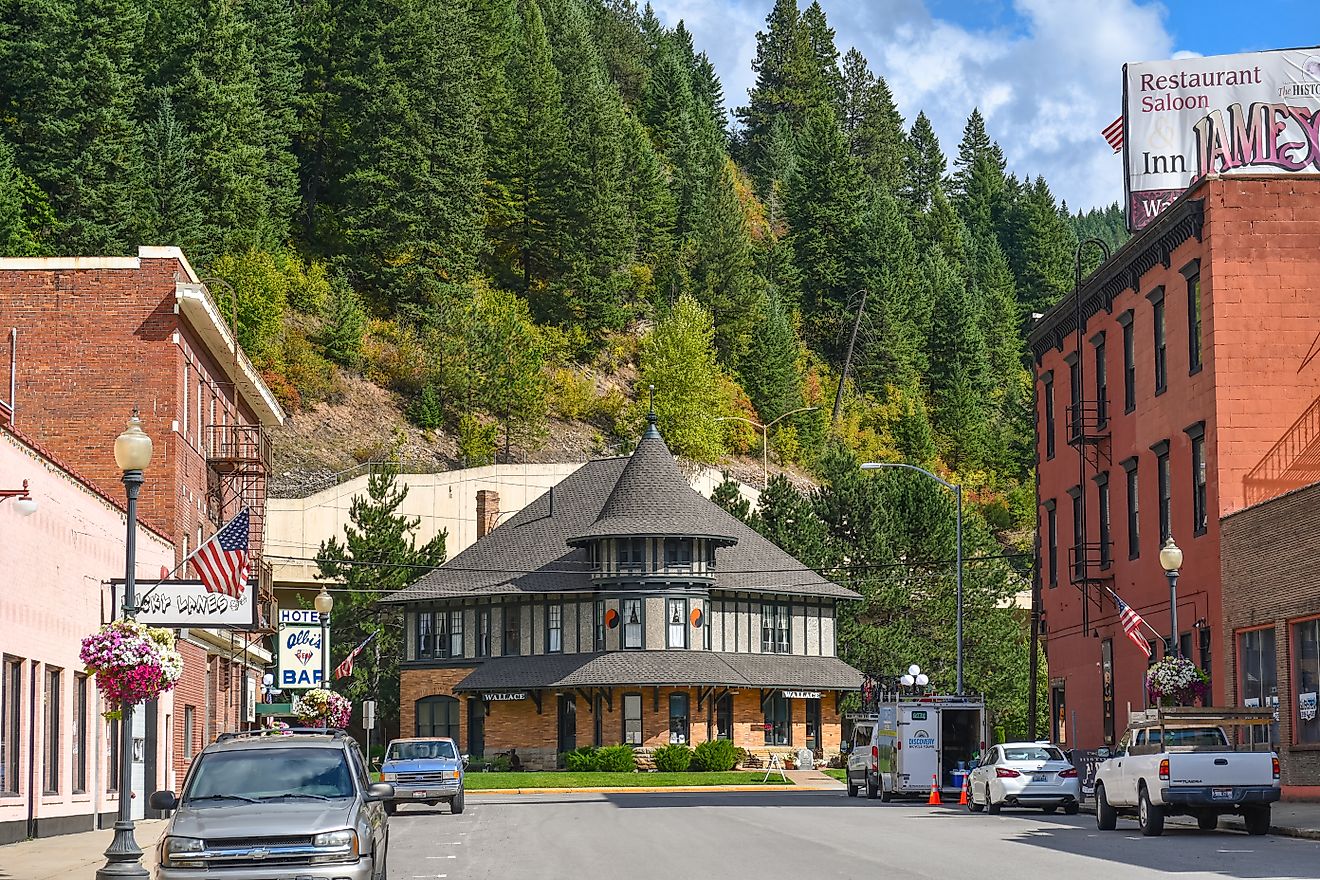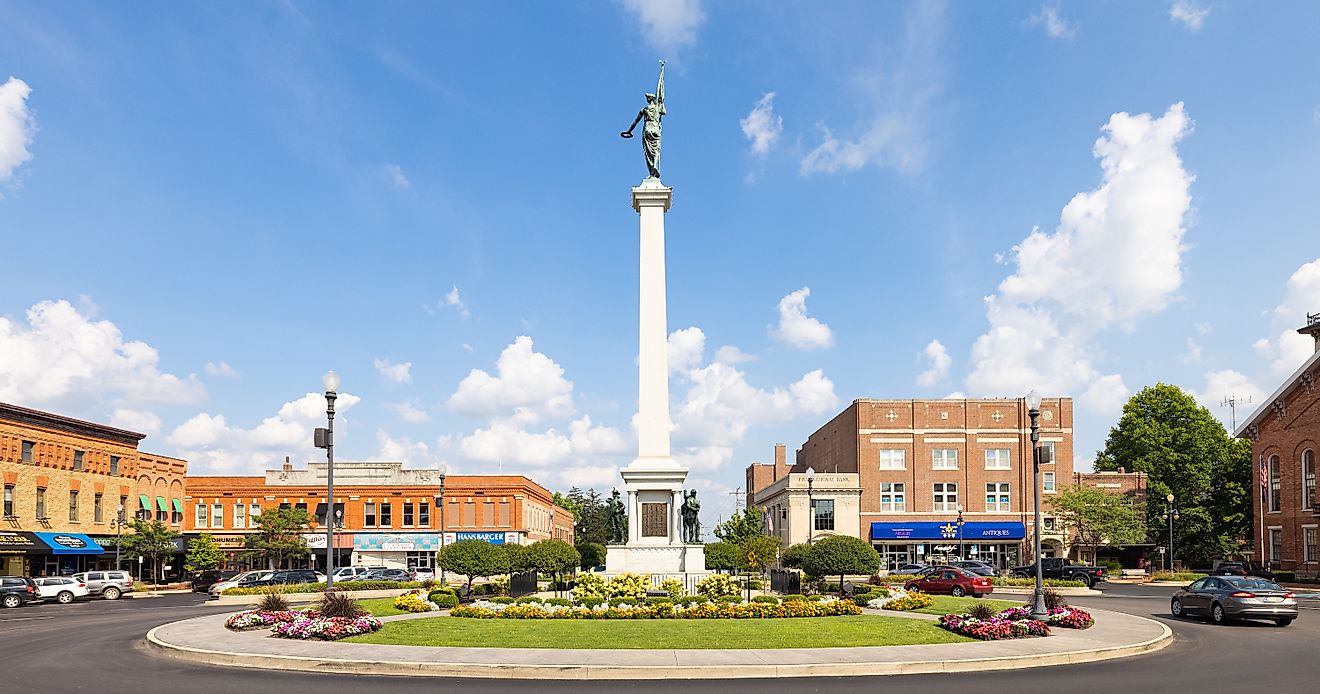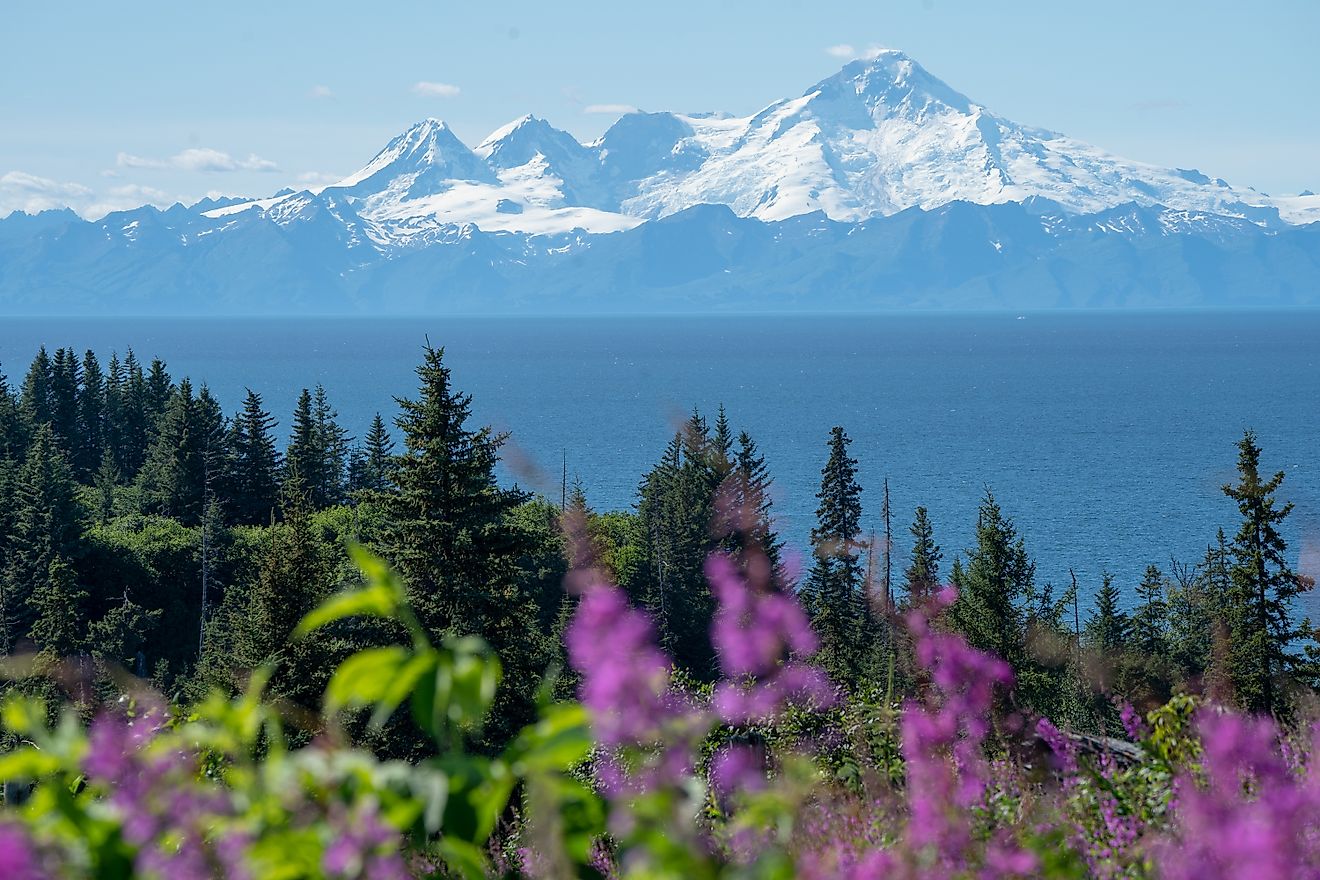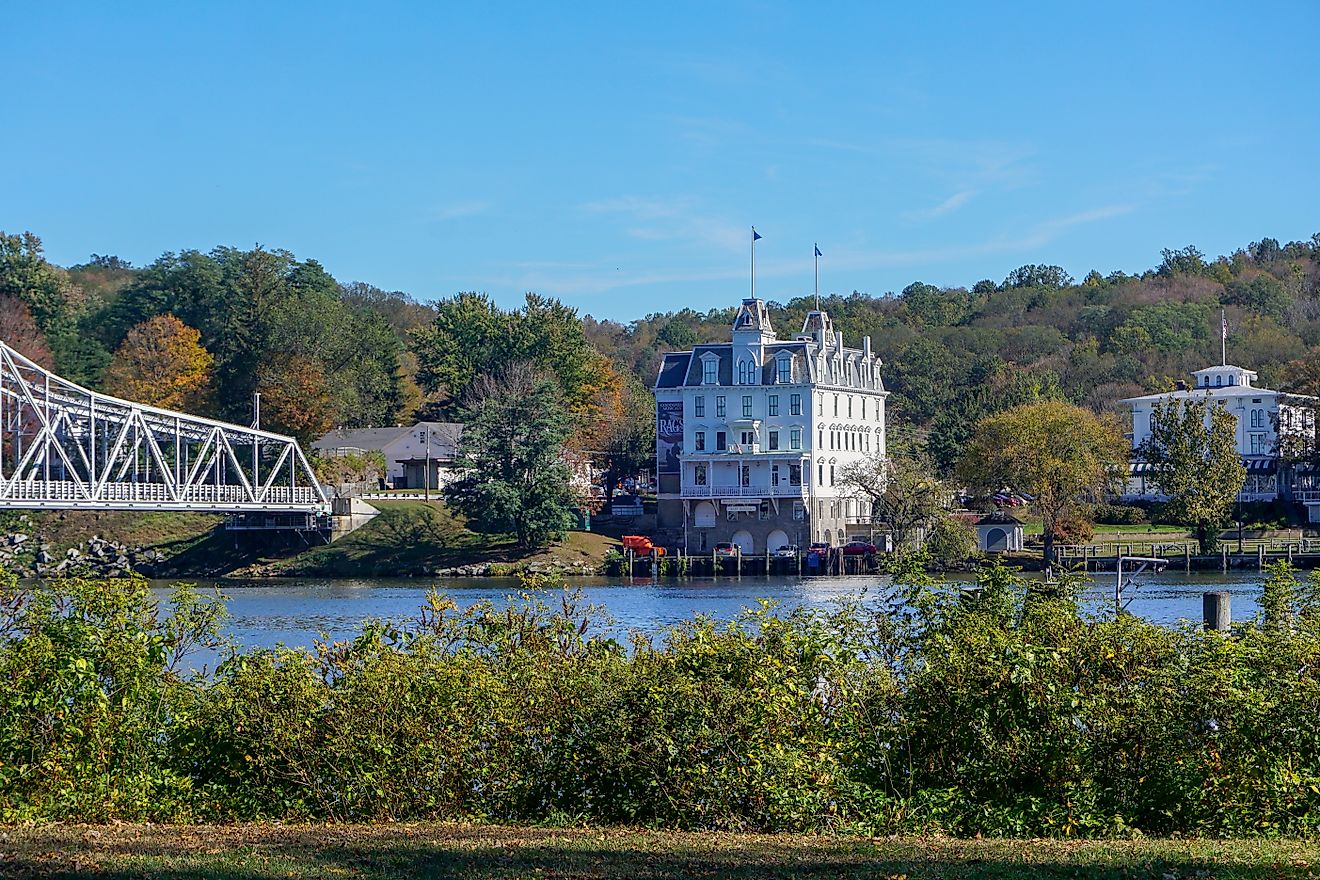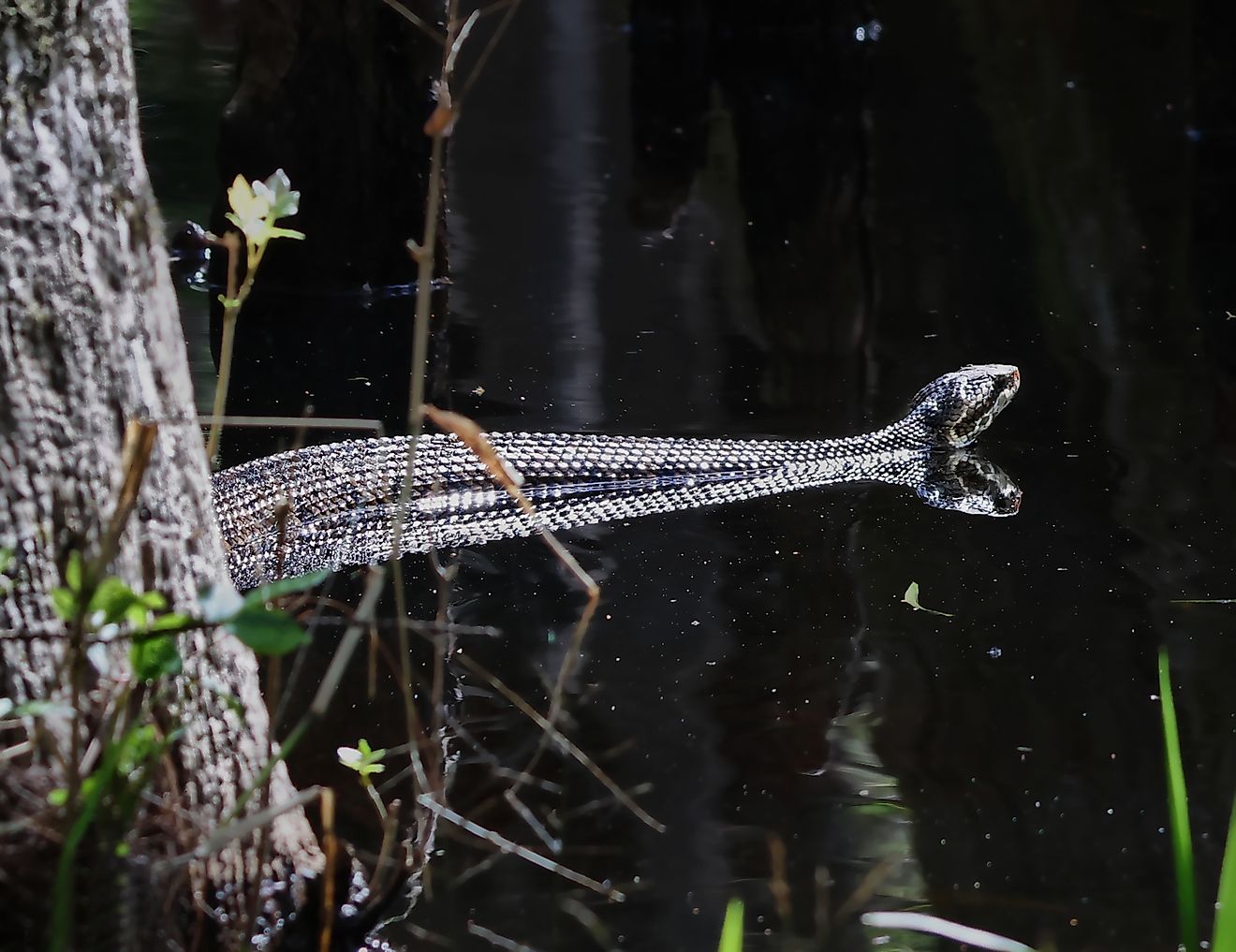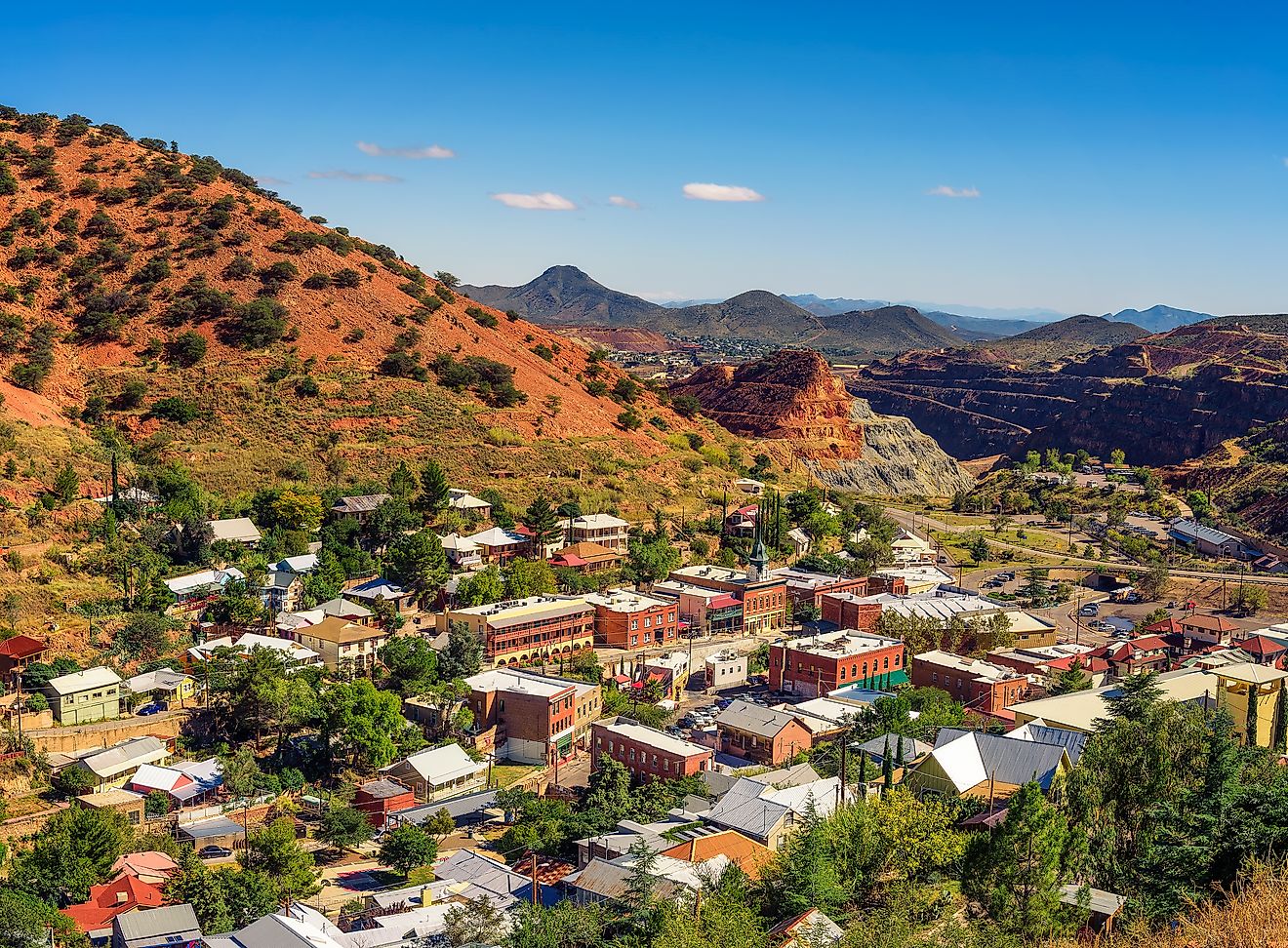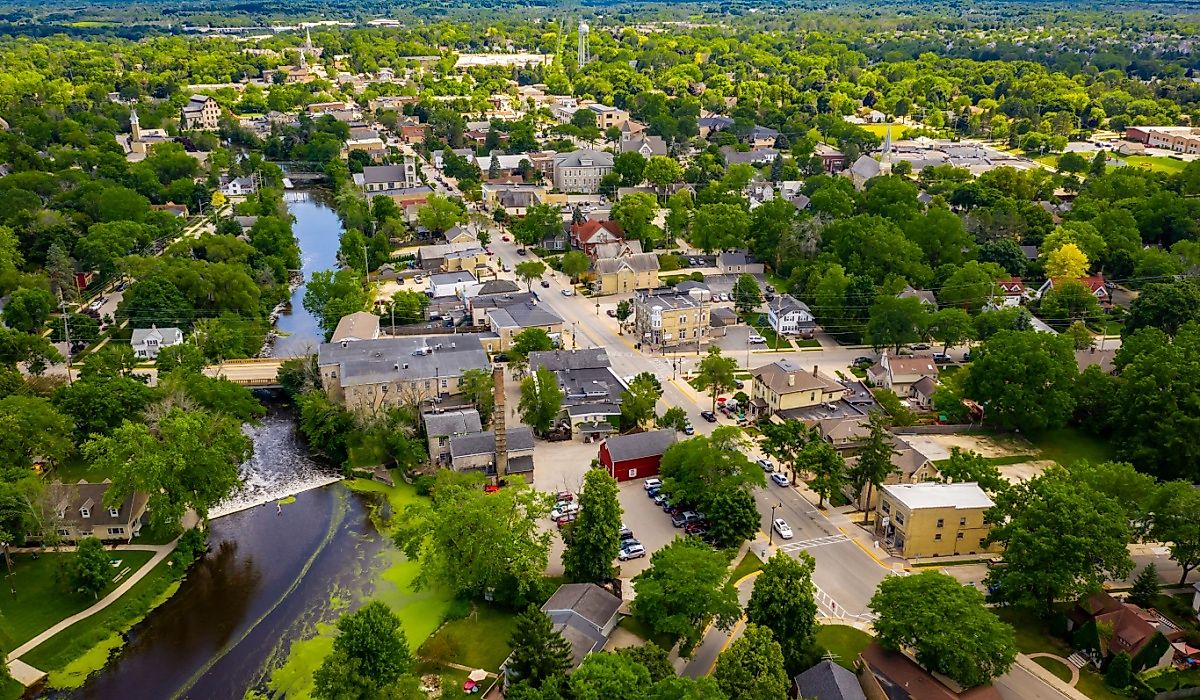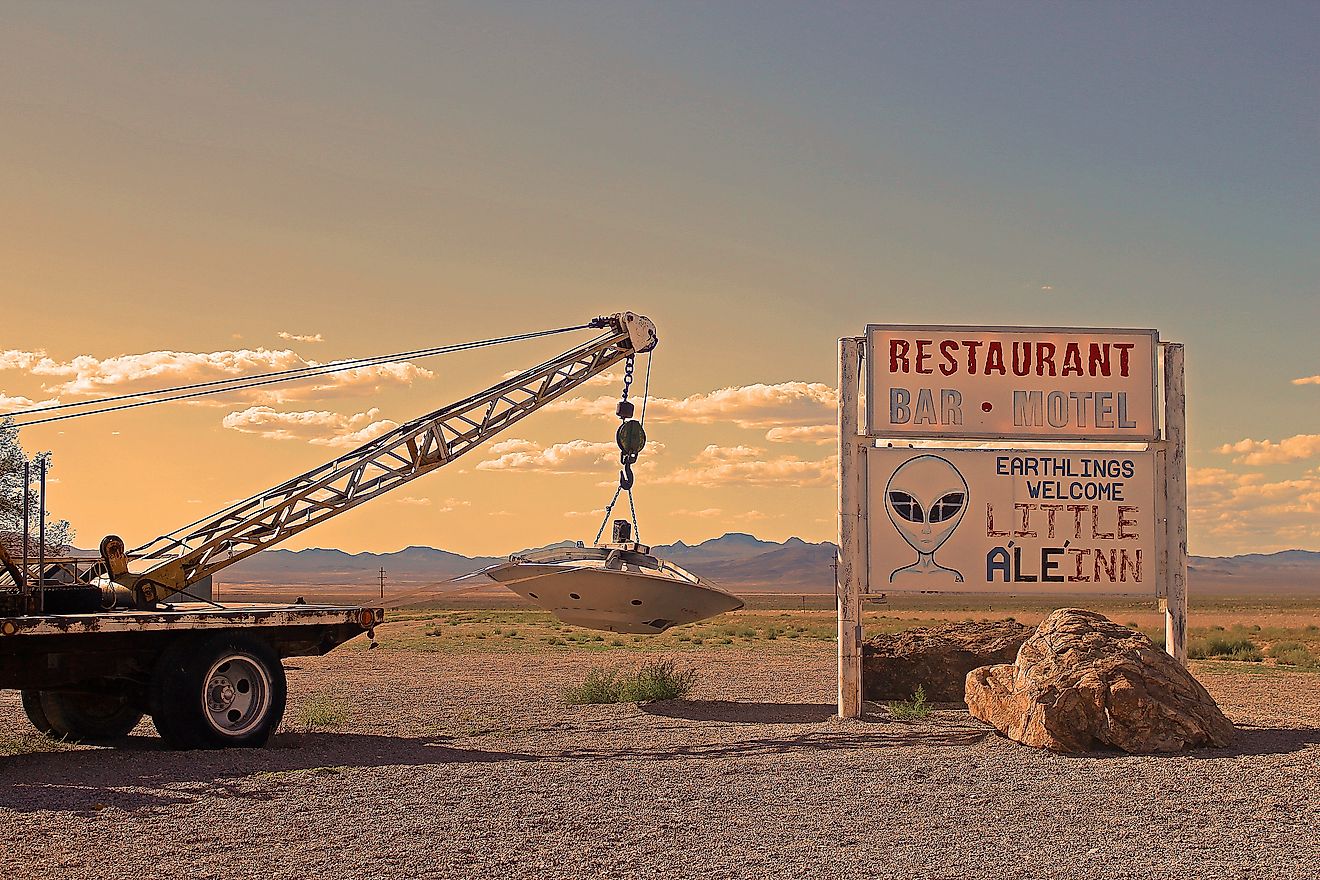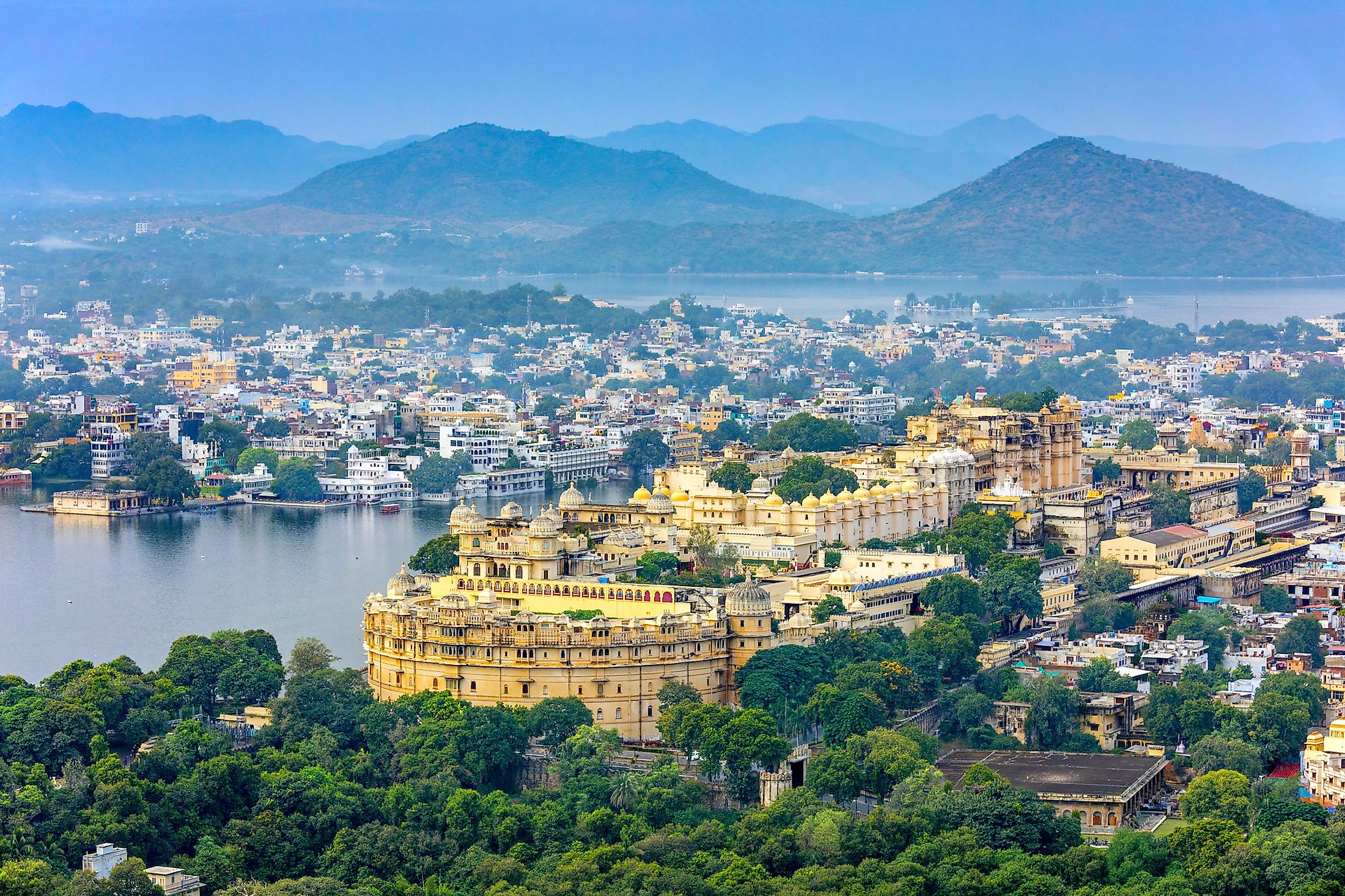
Udaipur, India
Udaipur is a small city situated in the southernmost portion of the Indian State of Rajasthan, close to its border with the State of Gujarat. Also referred to as the “Venice of the East,” the city contains several beautiful lakes surrounded by the lush green hills of the Aravalli Range. Udaipur serves as a popular tourist destination. It is globally famous for its luxurious hotels, majestic forts and palaces, spectacular lakes, and rich cultural heritage.
Geography Of Udaipur
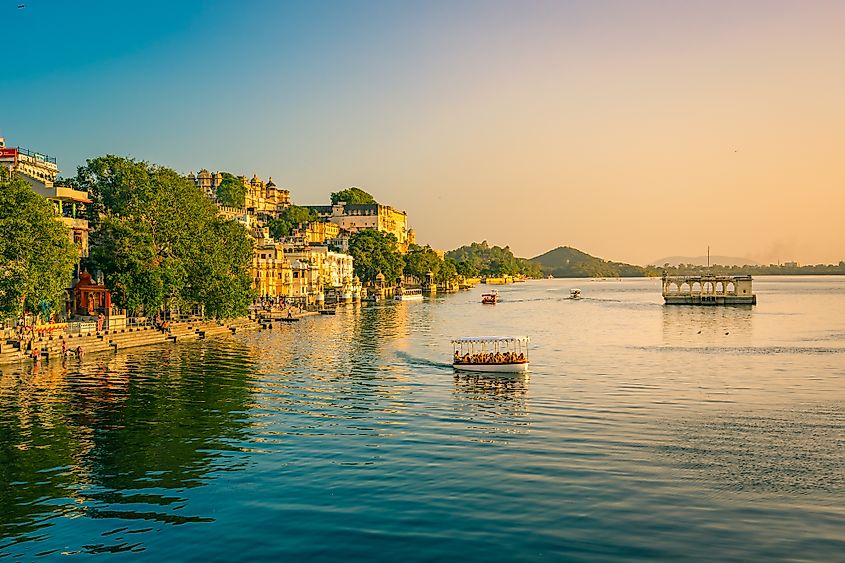
The city of Udaipur is located at an elevation of 598m on the southern slopes of the Aravalli Range in the Indian State of Rajasthan. The Aravalli Range separates the city from the Thar Desert. The city of Udaipur serves as the administrative headquarters of the Udaipur district and covers a total area of 64 sq. km. It is situated about 403km southwest of the State’s Capital city of Jaipur, 100 km southwest of the city of Chittorgarh, and 250km northeast of the city of Ahmedabad in Gujarat. Udaipur is also located approximately 660km from the National Capital New Delhi, 800km from the city of Mumbai, and 1720km from the city of Bangalore. The city is also well connected by roadways, railways, and aviation facilities with the adjacent cities and other states of India. The Desuri Nal and Saoke are two crucial passages in the Aravalli Ranges that link Rajasthan’s Jodhpur District with the city of Udaipur.
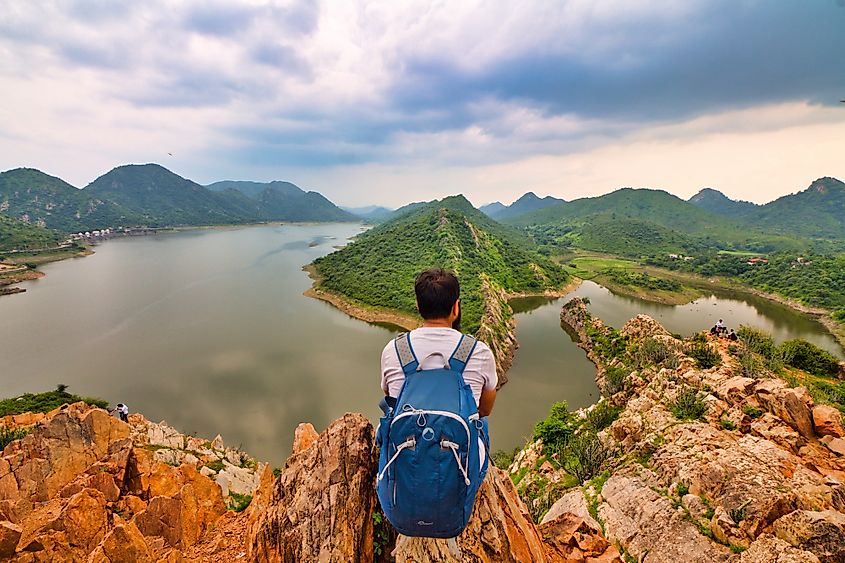
Udaipur has also often been referred to as the “City of Lakes” due to its highly sophisticated lake system. There are many interconnected lakes in the city that provide water for drinking, irrigation, industries, groundwater recharge, and recreational activities. The city’s lake system includes three lakes in its upper catchment area, one lake in its downstream, and six lakes within the city limits. The upper lakes include Bada Madar, Chhota Madar, and Lake Badi. The Udaisagar Lake is situated downstream, while the Fateh Sagar Lake, Goverdhan Sagar Lake, Kumharia Talab, Lake Pichola, Rang Sagar Lake, and the Swaroop Sagar Lake are the six lakes that are located within the city limits.
Climate
Due to its location in the desert lands of Rajasthan, the city of Udaipur experiences a hot semi-arid climate. The hot summer season lasts from March to June, and during this time, the average temperature ranges between 23°C to 44°C. The monsoon season lasts from July to September, and the city receives an average rainfall of about 646.7mm during this wet season. The lush greenery and the azure lakes make Udaipur one of India’s leading monsoon destinations. The cool winter season lasts from October to March, and the average temperature ranges between 5°C to 30°C during this cold season. The pleasant sunny days and cool nights make the winter season the perfect time to visit the city of Udaipur.
Demography And Economy Of Udaipur
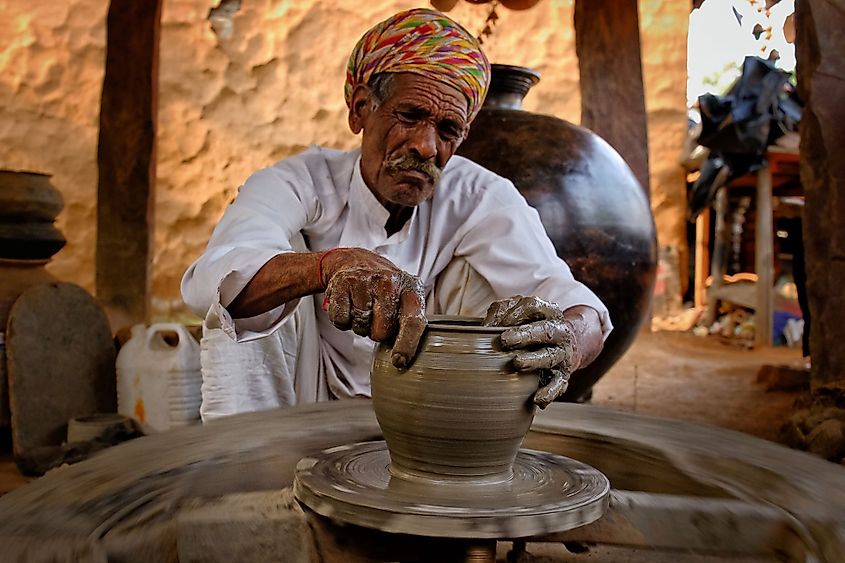
As per the 2011 census, the city of Udaipur is home to 451,100 people, of which 233,959 people are males, and 217,141 people are females. The city has a population density of 7925 persons per sq. km. About 72.90% of the city’s population are Hindus, 15.67% are Muslims, 9.86% are Jains, 0.8% are Sikhs, 0.63% are Christians, and 0.02% are Buddhists. Hindi and Mewari are the primary languages spoken, and the city has an average effective literacy rate of about 90.43%. Gujarati, Marwari, Urdu, and Wagdi are some of the other languages spoken in the city of Udaipur.
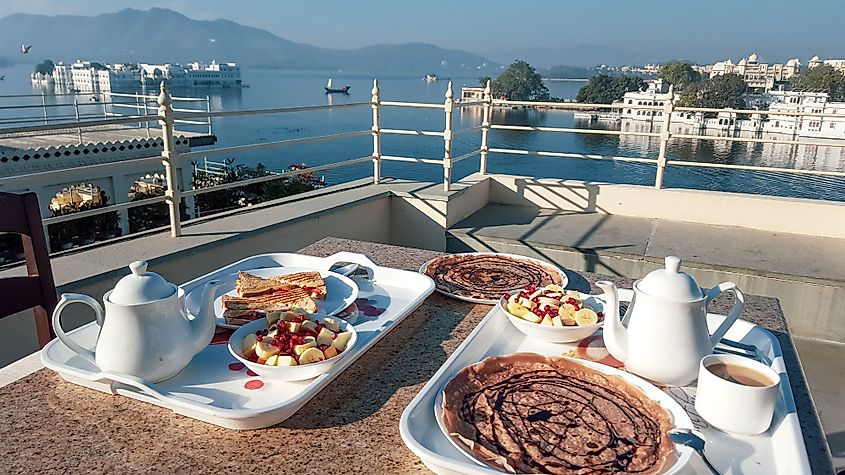
The city’s economy is mainly driven by tourism, agriculture, electronic and chemical manufacturing, handicraft and cottage industries, and the processing of marble and minerals. The Udaipur district contains many significant mineral resources like zinc, lead, copper, silver, limestone, calcite, phosphate, talc, barites, and marble. The major crops grown in the city include wheat and mustard during the Rabi season and maize and jowar during the Kharif season. Located about 3km west of the city of Udaipur, Shilpgram is a well-known rural arts and crafts complex where regional handicrafts and handloom works are created. The city of Udaipur has also been included under the National Smart Cities Mission initiated by the Government of India.
Tourist Attractions In Udaipur
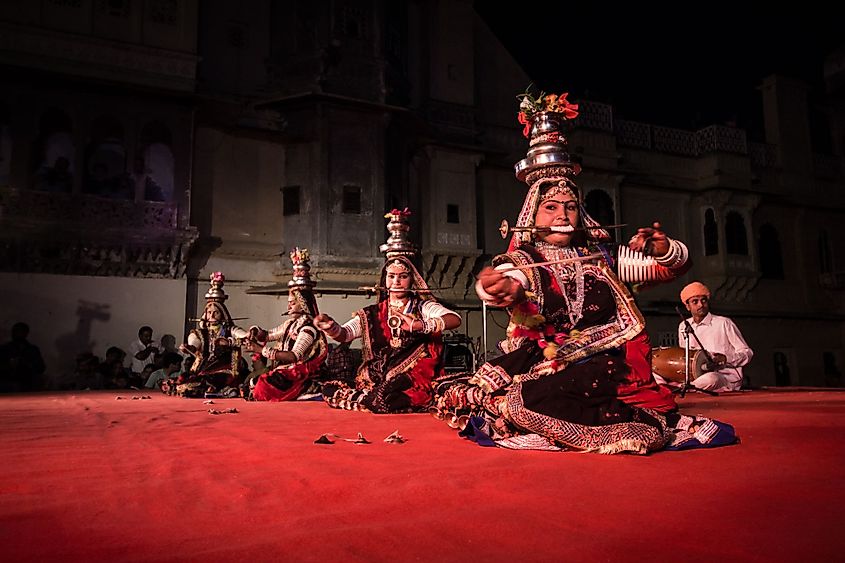
The numerous lakes, historic Rajput-era forts, palaces, and rich cultural heritage make Udaipur a popular tourist destination in the Indian State of Rajasthan, attracting visitors from all over the world. It has been recorded that more than 1.4 million tourists visited this historic city in 2016.
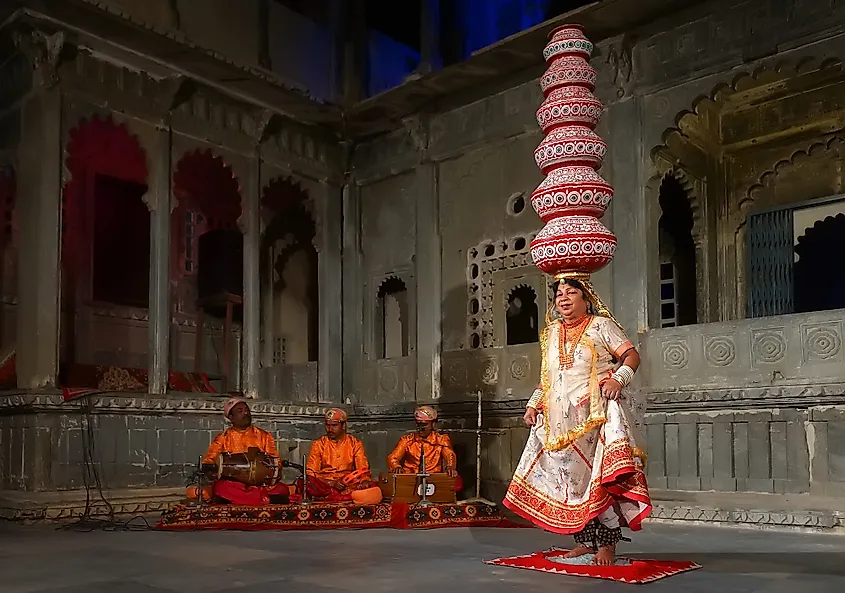
The city celebrates many festivals, including the Gangaur Festival, Shilpgram Utsav, Hariyali Amavasya, Jal-Jhulni Ekadashi, and the Jagannath Rath Yatra. Udaipur is also home to some of the most well-known resorts and luxury hotels in the country, including the Oberoi Udaivilas, The Leela Palace, and The Taj Lake Palace. Some of the renowned tourist attractions in Udaipur have been discussed below.
Udaipur City Palace
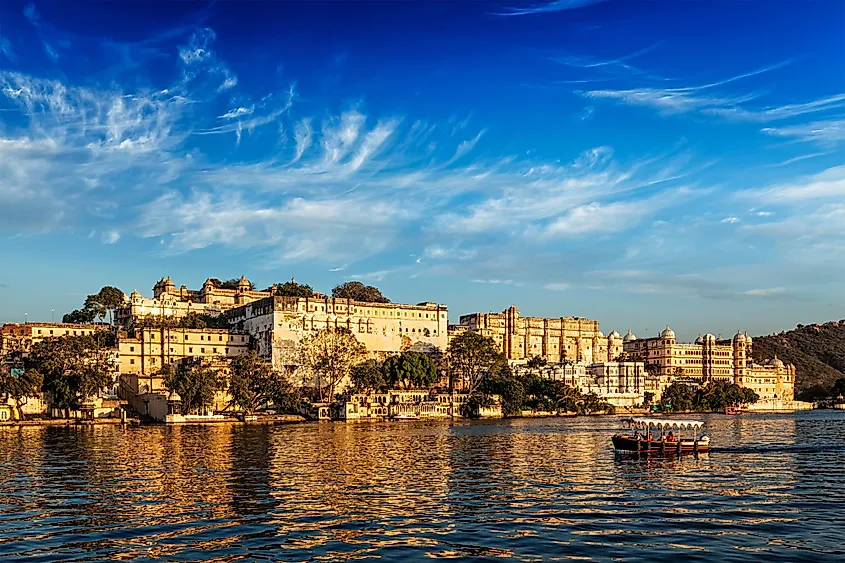
The Udaipur City Palace is a large palace complex situated on a ridge on the eastern banks of Lake Pichola. The entire complex includes four major and many minor palaces that have been built by generations of Sisodia Rajputs in different periods beginning from 1559 onwards. The City Palace is considered the largest palace complex in Rajasthan that features a 244m long and 30.4m high exquisite façade. The palaces in the complex are interlinked by many chowks with zigzag corridors. After entering through the main Tripolia gate, one can visit the Suraj Gokhda, Mor-chowk, Dilkhush Mahal, Surya Chopar, Sheesh Mahal, Moti Mahal, Krishna Vilas, Shambu Niwas, Bhim Vilas, Amar Vilas, Badi Mahal, Fateprakash Palace, and the Shiv Niwas Palace. The Zenana Mahal and a portion of the City Palace have been converted into a public museum that features many antique paintings, articles, utensils, and decorative furniture from the royal era.
Lake Palace
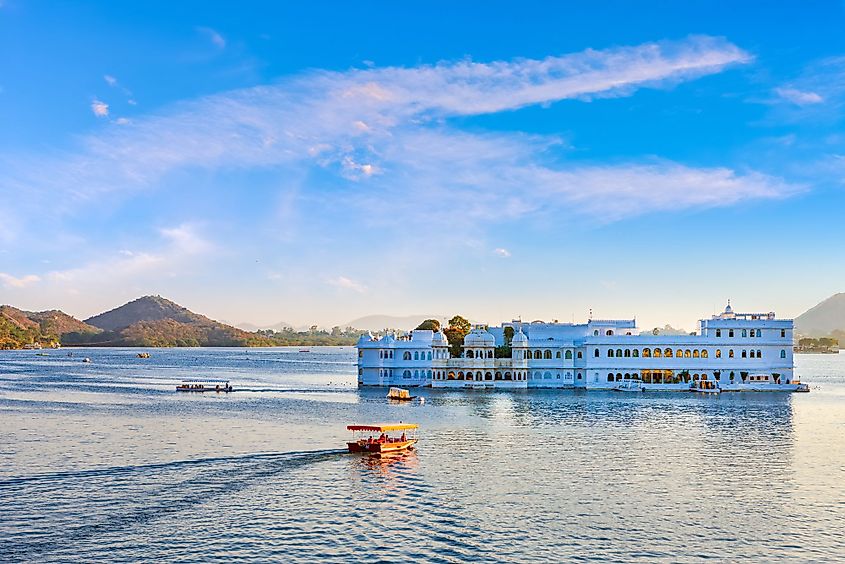
Located on Lake Pichola’s Jag Niwas Island and spread over 16,000 sq.m, Lake Palace is a former summer palace of the Mewar Dynasty. It is believed that this east-facing palace was built under the direction of Maharana Jagat Singh II between 1743 and 1746 and was referred to as the Jag Niwas. At present, the Lake Palace has been converted into a luxury hotel and is managed by the Taj Hotels Resorts and Palaces.
Monsoon Palace
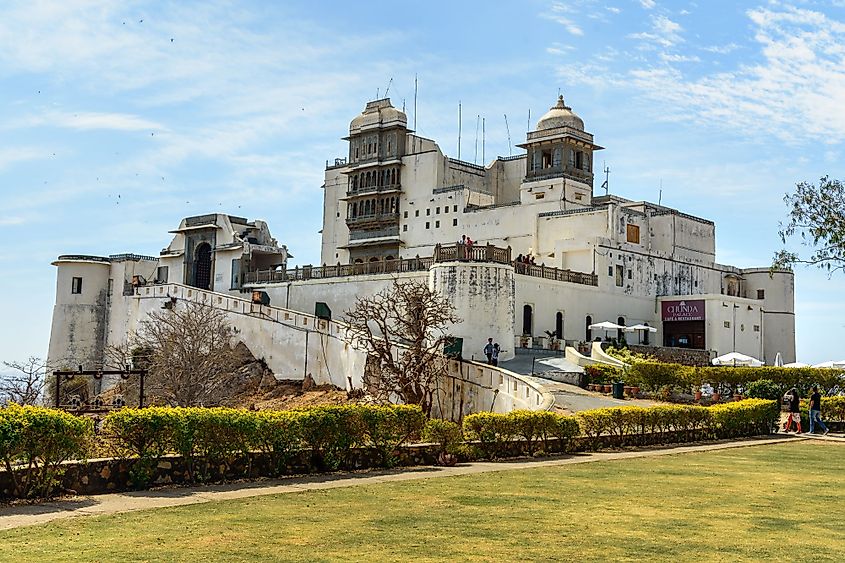
Also referred to as the Sajjan Garh Palace, the Monsoon Palace is a hilltop palatial residence located on the Bansdara peak of the Aravalli Range. The palace was named after Maharaja Sajjan Singh, who constructed it in 1884. The palace was mainly built to watch the approaching monsoon clouds and provide a beautiful panoramic view of the city’s palaces, lakes, and surrounding areas. The palace also overlooks the well-protected Sajjangarh Wildlife Sanctuary.
Jag Mandir
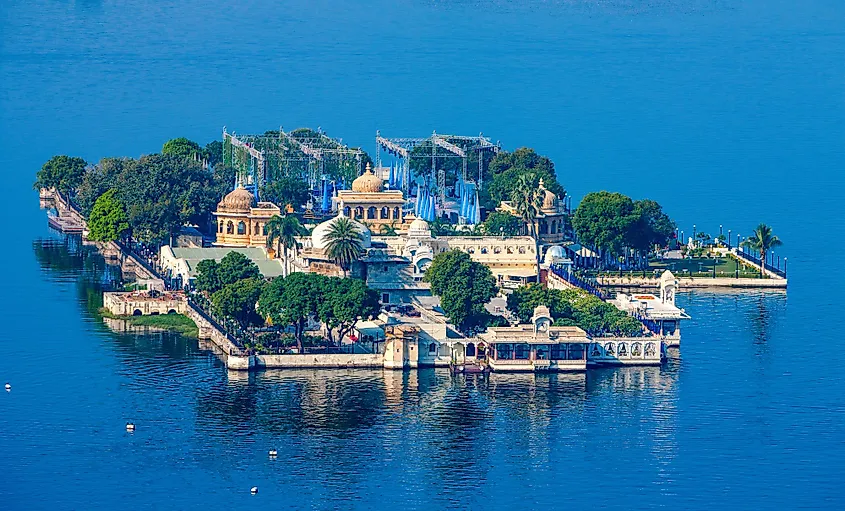
Also referred to as “Lake Garden Palace,” the Jag Mandir Palace is situated on an island in Lake Pichola. The palace’s construction is credited to the three Maharanas of the Mewar kingdom, which included Maharana Amar Singh, Maharana Karan Singh, and Maharana Jagat Singh. The Jag Mandir consists of an exquisite elephant façade, the Gul Mahal, the Zenana Mahal, Kunwar Pada ka Mahal, Darikhana, Bara Patharon ka Mahal, and the beautiful Garden Courtyard.
Saheliyon-ki-Bari
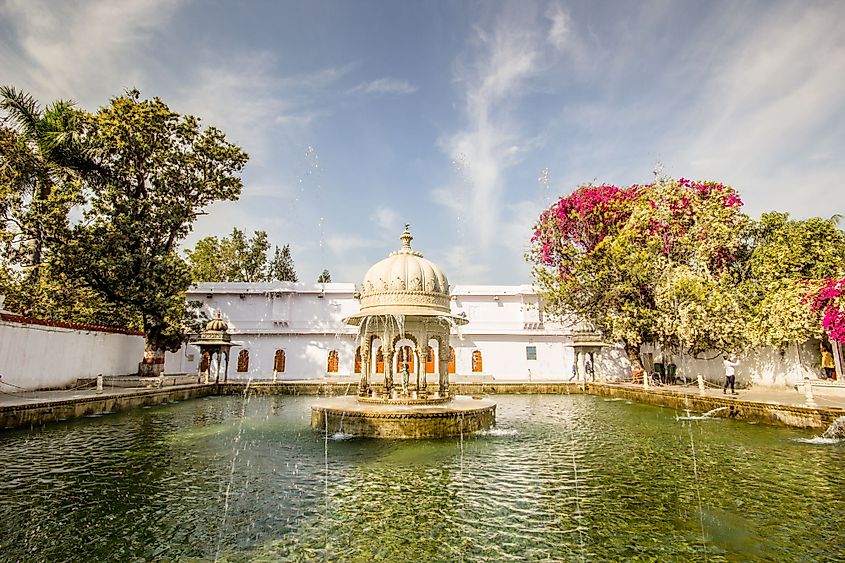
Located on the banks of Fateh Sagar Lake, Saheliyon-ki-Bari, also known as the “Garden of the Maidens,” is a majestic garden in Udaipur. As per legends, the garden was built for a group of 48 maidens who accompanied the queen of Maharana Sangram Singh. The garden’s beautifully landscaped green lawns, lotus pools, elephant-shaped fountains, and canopied walking lanes make it one of the most popular tourist destinations in the city.
Moti Magri
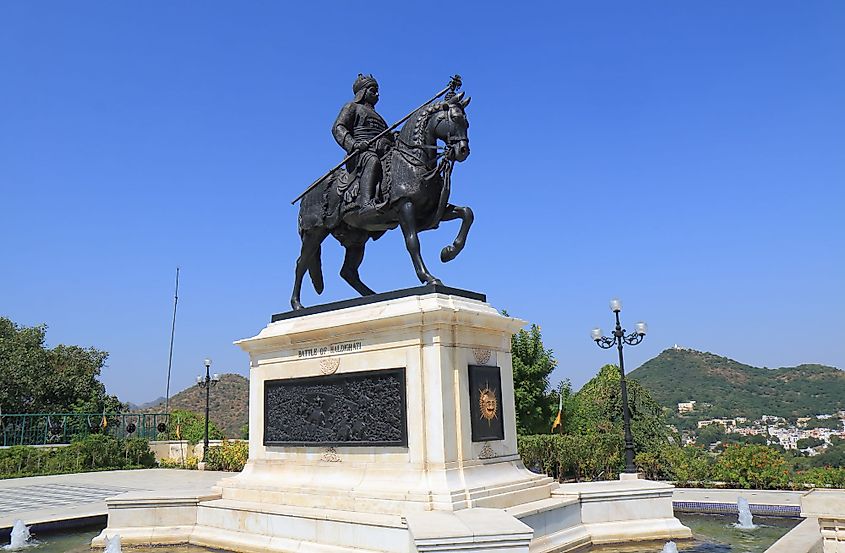
Located on a small hillock close to the Fateh Sagar Lake, Moti Magri is a memorial to Maharana Pratap – the Hindu Rajput King of Mewar. The monument features a bronze statue of Maharana Pratap riding his favorite horse, “Chetak.”
Brief History
In 1553, Maharana Udai Singh II of the Kingdom of Mewar founded the Udaipur, or the “City of Sunrise,” on the Banas River, in the fertile circular Girwa Valley that was located to the southwest of the industrial town of Nagda. The city of Udaipur was established after the Maharana decided to shift his capital city from the vulnerable Chittorgarh to the strategically located and much secured Girwa Valley. Therefore, the city of Udaipur became the new capital of the princely state of Udaipur (Mewar). In 1567, the Mughal Emperor Akbar led a fierce battle against the Kingdom of Mewar and conquered Chittorgarh. Maharana Udai Singh II built a 6km long city wall with seven gates to protect Udaipur from external attacks. The Mughal Emperor Akbar came to the city of Udaipur in September 1576 and stayed till May 1577. Rana Amer Singh eventually accepted the Mughal vassalship in 1615. In 1725, the Marathas made successful incursions into the Mewar territory, and in 1818, Udaipur became a princely state of British India. In 1948, the princely state merged with the Indian Union and became a part of the Indian State of Rajasthan.
